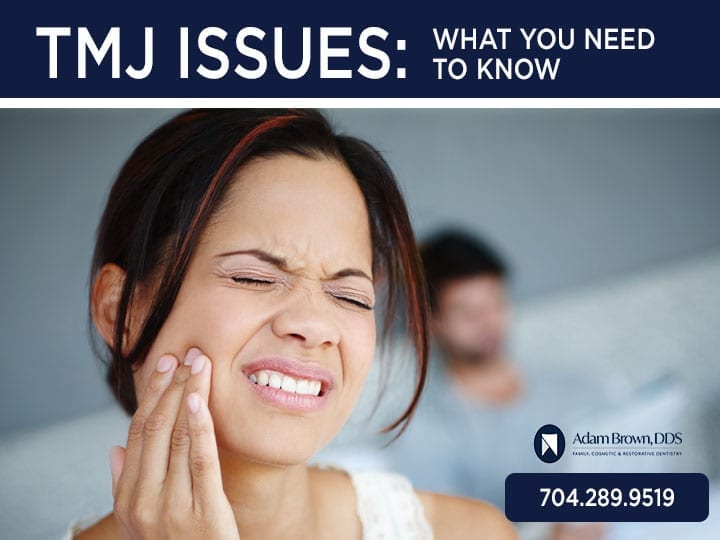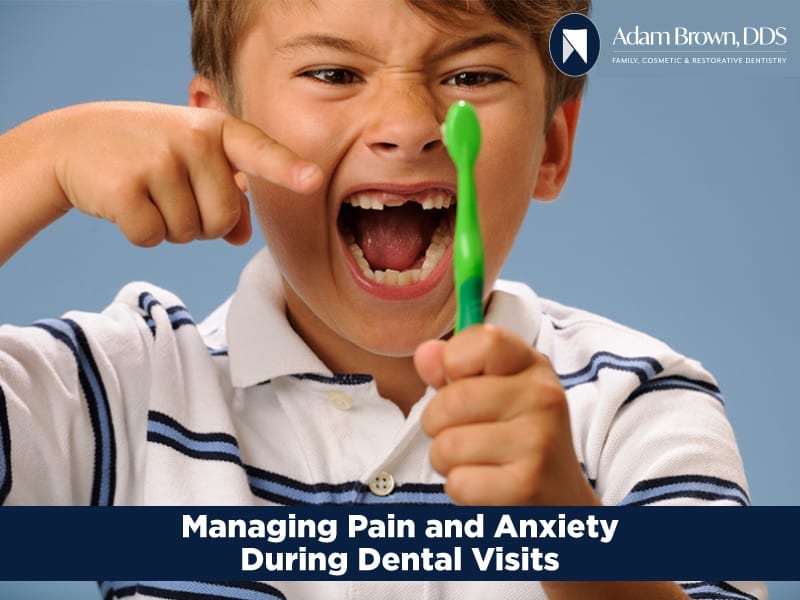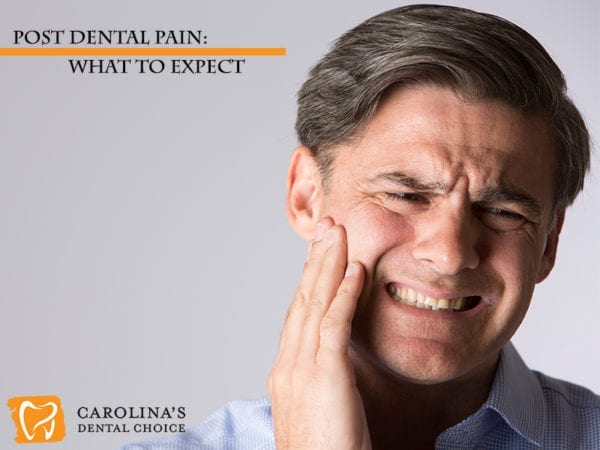TMJ Issues – What You Need to Know

If you’ve ever experienced acute jaw pain, you’re not alone. TMJ (temporomandibular joint) disorder is a common issue that currently affects over 10 million Americans. Women tend to be more prone to this disorder than men although researchers don’t yet fully understand why. The good news is that the majority of TMJ disorders do not indicate serious, long term issues and the associated pain is typically temporary in nature. Understanding what TMJ disorder is can help those suffering to better treat and manage any discomfort that might arise.
What is TMJ
Your temporomandibular joint is a complicated joint that works to connect your lower jaw to your skull. It acts like a sliding hinge and allows your mouth to move in various directions which, in turn, supports your ability to eat, yawn, smile and more. Due to its design and location within the body, the TMJ is one of the more difficult joints to access and treat. Disorders of the temporomandibular joint typically present in one of three ways:
- Pain or discomfort occurring in the tissues that control jaw function
- Injury or dislocation within the area of the jaw
- Arthritis or inflammation within the joint
Individual causes of TMJ disorder can be difficult to diagnose as there can be a mixture of reasons why a person experiences jaw pain.
Causes and Symptoms
While some cases of TMJ disorder can be initiated by injury, most causes are less evident and the origin unknown. Because the disorder is found to be more prevalent in women versus men, researchers are currently studying whether female hormones might play a potential role.
While teeth grinding and jaw clenching can potentially trigger TMJ pain, it isn’t considered to be a definitive cause. Braces and other methods of alignment have also not been proven to bring about TMJ disorder.
People who experience TMJ pain commonly suffer from one or more symptoms including:
- Pain or discomfort when eating/chewing food
- Pain in or around your ear (sometimes feels like a dull earache)
- Inability to fully open and close your mouth
- Pain traveling in and around the area of the face
Diagnosis and Treatment
As of today, there are no set methods for diagnosing TMJ disorder. When assessing the problem, your dentist will observe your jaw, feel in the area of the temporomandibular joint for any clicking or popping, and potentially order an x-ray if he/she feels additional observation is needed. It’s also a good idea to visit your family doctor in addition to your dentist to rule out alternative reasons you might be experiencing craniofacial pain.
or popping, and potentially order an x-ray if he/she feels additional observation is needed. It’s also a good idea to visit your family doctor in addition to your dentist to rule out alternative reasons you might be experiencing craniofacial pain.
Often times, the pain associated with TMJ disorder will go away on its own. However, if treatment is needed, there are a handful of options typically available to most patients.
- Over the counter pain relievers and anti-inflammatories. Common medications such as ibuprofen and Tylenol will go a long way toward providing relief for most occurrences of TMJ disorder. However, if your case is more serious, your dentist may prescribe a clinical dose to help alleviate the pain.
- Stabilization splints (Bite Guards). A bite guard is one of the more common solutions that a dentist can provide to help with the pain of TMJ disorder. This appliance fits over either the upper or lower teeth and is typically worn full-time for a short period followed by a short stint of wearing while eating and/or sleeping. While it is not fully understood why this appliance helps it is believed that stabilizing the muscles in the mouth can help to repair any potential damage that might have occurred over time within the temporomandibular joint.
There are also a number of ways that you can control the discomfort of TMJ disorder through specific methods of self-care.
- Practice facial relaxation techniques. Tightness and pulling of the jaw muscles can aggravate and increase discomfort in your temporomandibular joint. When you begin to feel pain, be aware of whether or not you’re clenching. Practice releasing the tension in your jaw.
- Avoid exaggerated or repetitive movements of the jaw. Activities such as gum chewing or excessive yawning/yelling can exacerbate TMJ pain and should be avoided if possible.
- Stay away from hard food. Focusing on eating soft foods when experiencing TMJ pain can help to keep discomfort to a minimum.
While there is currently no hard and fast solution to the issues associated with TMJ, there are several ways that you can manage and control the discomforts associated with it. If you are concerned you might have TMJ disorder, don’t hesitate to contact your dentist for more information.
At Carolina’s Dental Choice, our dentists are experts in the management of TMJ disorder and are ready to answer any questions you might have. Feel free to call our office to learn more about the ways we can help.
Works Cited
“TMJ Disorders.” National Institutes of Health, National Institutes of Health, Sept. 2017, https://www.nidcr.nih.gov/sites/default/files/2017-12/tmj-disorders.pdf.
“TMJ Disorders.” Mayo Clinic, Mayo Foundation for Medical Education and Research, 28 Dec. 2018, https://www.mayoclinic.org/diseases-conditions/tmj/diagnosis-treatment/drc-20350945.


 when it is necessary to contact a professional can be a huge advantage for someone who is anxious about their recovery. Here are a few examples of different types of pain you might experience after a visit to the dentist.
when it is necessary to contact a professional can be a huge advantage for someone who is anxious about their recovery. Here are a few examples of different types of pain you might experience after a visit to the dentist.